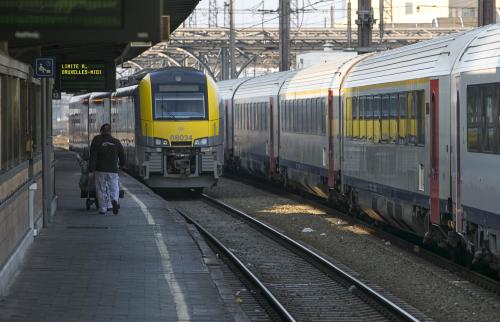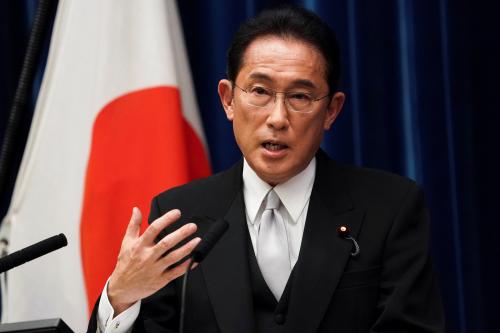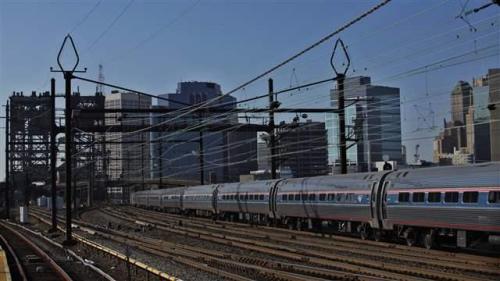Will the U.S. follow Japan’s lead and move full-steam ahead with new high-speed train technologies, or will implementation challenges derail proposals for a new magnetic levitation (maglev) train network in the Northeast Corridor?
This question framed an engaging discussion during an event yesterday at Brookings titled “High-Speed Train Technology: A New Frontier in U.S.-Japan Relations?” that was co-sponsored by the Center for East Asia Policy Studies and the Metropolitan Policy Program. The event coincided with Infrastructure Week 2014.
During the program, Kenichiro Sasae, Japan’s ambassador to the United States, shared a brief history of maglev technology and its adoption and in his country, the undisputable birthplace of modern high-speed rail. Interestingly, the origins of maglev are American. As he explained:
The basic principle of this levitation and propulsion by superconducting magnets was actually invented by two American researchers in New York, which I didn’t know … but Japanese researchers then applied this concept to railway technology. So it was a collaboration that brought these rail trains into reality.
He also pointed out that Japanese Prime Minister Shinzō Abe recently expressed to President Obama that Japan is ready and willing to help the U.S. implement—and fund—this new technology.
Amb. Sasae referred to this as a “great symbol of Japan-U.S. relations … kind of like the transportation version of the cherry blossoms” and noted that “as one of the closest friends of the United States, Japan stands ready to extend all of the necessary technical and even financial support that the U.S. would need if it decides to proceed with this train.”
Ed Rendell, distinguished senior fellow in the Metropolitan Policy Program and former governor of Pennsylvania, echoed Amb. Sasae’s enthusiasm for “game-changing” maglev technology, and voiced his frustration with the current state of American infrastructure:
Our infrastructure is falling apart, endangering our public safety, hurting our economic competitiveness, and we are falling behind countries of the world. Twelve years ago we ranked, according to the World Economic Forum, as having the best infrastructure in the world…we now slipped to 19th. I’d give you a list of the countries we’re behind and it would be absolutely shocking to you.
In addition to touting the obvious benefits that a train moving at 311 miles per hour would provide for travelers along the Northeast Corridor (e.g., a one hour trip between Washington, D.C. and New York City), Rendell also discussed the economic benefits of an investment in maglev technology, and referenced a recent Brookings Metro report “Beyond Shovel-Ready: The Extent and Impact of U.S. Infrastructure Jobs.”
As Rendell put it, the jobs associated with high-speed rail construction “are not minimum wage jobs … they’re middle class jobs, the type of jobs that can rebuild the American economy. So this is an incredibly exciting concept.”
Listen to the full event audio
here.




Commentary
Gov. Rendell, Japanese Ambassador Sasae on Why America Should Hop on Board the High-Speed Rail Revolution
May 15, 2014